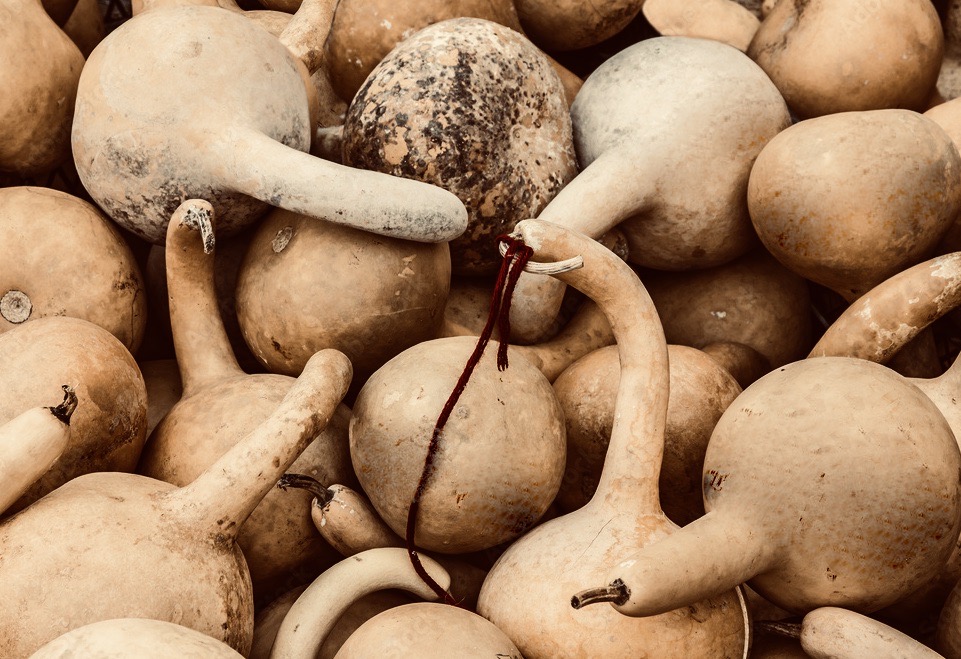The Maasai Tribe
The Maasai are semi-nomadic people settled in Tanzania and Kenya, and are probably Africa’s most famous tribe. Tall and striking in appearance, their red robes stand out against the blonde grass of the African savannah.
Whether standing, dancing, herding cattle, or walking amongst wild animals, images of the Maasai tribe are almost always iconic. Despite the growing modern civilization, the Maasai have managed to preserve their age-old traditions and customs.
Gin of Africa meets Maasai Heritage
Not just a bottle. In the world of evermore shiny and artsy gin bottles, a truly African gin calls for an unpretentious, yet stylish vessel linked directly to its surroundings, heritage, and nature. Gin of Africa’s hand-blown bottle is inspired by the calabash plant, which holds a special place in the culture of the Maasai tribe. For the Maasai, the calabash is more than a fruit-bearing plant – it is a symbol of tradition and cultural heritage. One of the most important roles of the calabash in Maasai culture is as a milk container. The calabash fruit is used to store excess milk from cattle, which is an integral part of their diet and economy. The use of calabash containers for milk is so important that it is sometimes symbolic of Maasai wealth and prosperity.
The plant is considered sacred and is said to have spiritual properties that protect the tribe and bring good luck. In traditional Maasai ceremonies, milk offered to the gods as a sign of respect and gratitude is kept in calabash vessels.

Maasai Land secrets
Gin of Africa’s Baobab tree can be found on the planes of a wildlife area that is governed by the Maasai tribe. From even more remote Maasai lands, Gin of Africa sources a secret ingredient that has offered health benefits through the ages. The use of plant-based medicine is a crucial part of Maasai life. This ingredient provides Gin of Africa’s recognizable flavour.